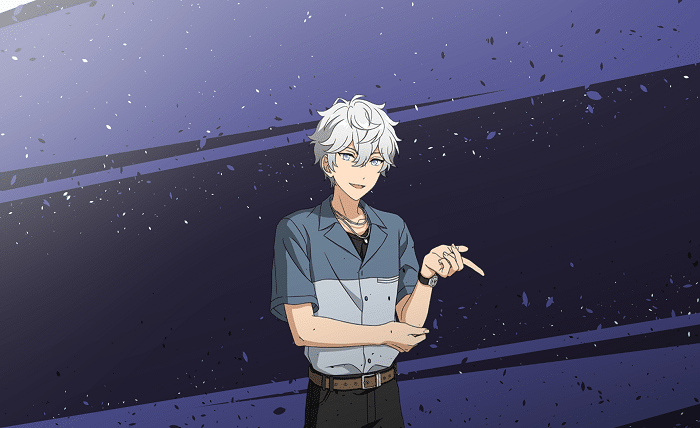Kemono Party: Exploring the Furry Subculture

The term “Kemono Party” refers to a popular aspect of the furry subculture, which has gained considerable attention in recent years for its unique blend of art, community, and identity. Rooted in the Japanese “kemono” style, which translates to “beast” or “animal,” Kemono Party represents a vibrant subset within the larger furry fandom.
Origins and Cultural Significance
The origins of Kemono Party can be traced back to the early 2000s in Japan, where artists and enthusiasts began to embrace anthropomorphic characters inspired by anime and manga aesthetics. Unlike the Western furry fandom, which often emphasizes cartoonish and mascot-like characters, Kemono Party places a strong emphasis on sleek, anime-inspired designs characterized by slender proportions, large eyes, and stylized animal features.
Artistic Expression and Community
Central to Kemono Party is its artistic expression. Artists within this community create intricate and often highly detailed artwork of anthropomorphic characters, blending human and animal traits in imaginative ways. These creations range from digital illustrations and comics to 3D models and even animations, showcasing a diverse range of talents and styles.
The community aspect of Kemono Party is also significant. Online forums, social media platforms, and conventions provide spaces for fans and creators to connect, share their art, discuss techniques, and collaborate on projects. These gatherings not only celebrate the artistic contributions of members but also foster a sense of belonging and camaraderie among participants.
Identity and Representation
For many involved in Kemono Party, their fursonas (personalized anthropomorphic characters) play a crucial role in their identity and self-expression. These characters often reflect aspects of their creators’ personalities, aspirations, and even their cultural influences. Through their fursonas, individuals can explore and present different facets of themselves in a safe and supportive environment.
Challenges and Misconceptions
Like any subculture, Kemono Party is not without its challenges and misconceptions. Some outsiders may misunderstand or misinterpret the motivations behind creating anthropomorphic characters, often equating it solely with a fascination for animals or cartoons. However, for participants, Kemono Party represents a multifaceted form of creative expression, personal identity, and community engagement.
Conclusion
In conclusion, Kemono Party stands as a testament to the diversity and creativity within the broader furry fandom. Through its distinctive artistic style, strong community bonds, and emphasis on personal expression, Kemono Party continues to thrive and evolve, attracting individuals who are passionate about blending human and animal traits in imaginative and meaningful ways. As the subculture grows, so too does its influence on contemporary art and cultural discourse, offering a glimpse into the dynamic intersections of art, identity, and community in the digital age.




